Text: Alexander Boyko
When the Axion Key XM22 and XM30 thermal imaging devices were discontinued, Pulsar had no monoculars in the mid-range segment. But in January 2022, the company returned to the moderate price segment with the Axion XM30F. This model has high-cost characteristics but at the lower cost Axion Key level.
External characteristics and control
In terms of weight and dimensions, the Axion XM30F is similar to a laser rangefinder. The expression “pocket-size” is apt for the Axion XM30F ‒ the device fits freely into the pocket of a hunting jacket, waistcoat or even trousers.
Like more expensive Pulsar models, the device body is magnesium-based alloy. This gives it a durable and resistant quality, and the appearance of infallibility.
The operating weight is 250 grams. With this lightness it can hang on the wrist strap for a long time without causing discomfort. Like any Pulsar device, the Axion XM30F is waterproof and can function after being completely immersed in water.
The control buttons are located across the top in a row along the “lens‒eyepiece” line. The device is symmetrical lengthways, so it is equally comfortable to use in both the right and left hand. There are “eye ends” on the body for attaching a wrist strap on the right or left.
The Axion XM30F is powered by Pulsar APS3 quick-change batteries (3200 mAh). The new electronic platform has increased the device operating time on a fully charged battery one and a half times that of Axion Key models – increasing from 4.5 to 7 hours. One or two batteries will easily cover the demands of any hunt. The Axion also works from an external 5V power bank, which recharges the battery in the battery compartment while powering the device.
Optics and electronics
The Axion XM30F has a 12-micron French Lynred sensor with a resolution of 320 x 240 pixels. This is above the standard for this segment.
The display is the standout feature. To suit hunting in Russia, a thermal imaging device needs to withstand the cold. The Axion XM30F high-contrast AMOLED display can be used in temperatures as low as -20°C. It does this while maintaining good image quality and with a short response time. Typical for thermal imaging devices of this price range, LCOS displays sometimes cause problems at low temperatures.
The lens has a 30 mm focus and a F/1.2 aperture. The starting magnification is 3x and it’s up to 12x at maximum digital zoom. The package insert promises a detection range for a body-shaped shooting target of 1300 meters.
In my own practice, on a familiar field measured by a rangefinder, I was able to confidently detect deer in the forest – a body-shaped shooting target in a horizontal position – at distances of 850 to 950 meters. It is possible to observe a large animal with sufficient awareness already at 400 meters.
The firmware is the soul of a thermal imaging device
Modern devices are not just made up of electronic, plastic and metal components, they are also software. High-quality firmware reveals all the hardware capabilities of a device, while ordinary software can reduce the benefits of even the most advanced components.
The first thing to note about the Axion XM30F0’s software, is its flexible image optimization. The image settings that return the best results will vary depending on many aspects: light conditions, atmospheric purity, air temperature and humidity, type of target object and location of observation.
For instance, there is a low temperature contrast when the difference in temperature between objects is minimal. This happens during rain, in the morning after a cold night, and it's typical for night hunting in moderate climates in the autumn and spring and, conversely, in hot and humid weather.
For such conditions, the Axion XM30F has a new function ‒ sensitivity enhancement. The device has three levels: “normal” to “ultrahigh”. If the temperature contrast decreases, then it is worth increasing the sensitivity. For a smoother image, you can activate a smoothing filter.
All these adjustments give the hunter variability in the use of the device in various weather and temperature conditions. They are also tools for early detection of the animal, to determine its trophy status, and good tracing of background objects. The icing on the cake for working with the image is the fine brightness and contrast adjustments, as well as the wide choice of colour palettes.
The Axion XM30F is equipped with a built-in video recorder. If you connect the device via WiFi to a smartphone with the Stream Vision 2 application (this is a completely new application for Pulsar thermal imaging devices), you can synchronize with free cloud storage and upload your photos and videos there for both storage and for easy transfer. After connecting the Axion XM30F to a smartphone, the smartphone acts as an external monitor and a remote control of the device software functions.
But the main thing is that you can update the thermal imaging device firmware through the Stream Vision 2 application. Remote updating means that the thermal imaging device already in hand receives new features, and increased performance and operating speed. All this is immediate. There is no need to send your device to the factory or to a service centre.
Conclusion
With the introduction of the Axion XM30F, Pulsar has improved its lower-cost offering. With the AMOLED display and improved ocular optics, increased operating time, built-in recorder and significantly enhanced software with remote updating, the Axion XM30F is a clear upgrade from its predecessor in this price range.
The device is light, compact, ergonomic and well-controlled. The Axion XM30F confirms that the combination of affordability with advanced features and performance is no myth.
There is a lot of competition in this segment. In the past year, several companies have entered with models ranging from completely unsatisfactory to average. So is it possible to buy something really good in the mid-range segment? After the Axion XM30F enters the market, my answer is an unequivocal “yes”.
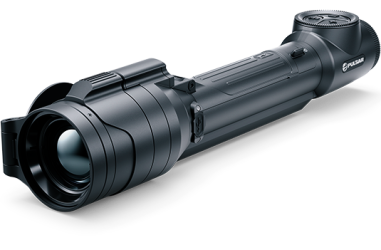 Talion
Thermique Riflescope
Nouveau
Talion
Thermique Riflescope
Nouveau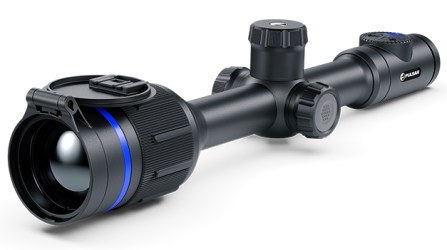 Thermion 2 Pro
Lunette d’imagerie thermique
Nouveau
Thermion 2 Pro
Lunette d’imagerie thermique
Nouveau Thermion 2 LRF
Thermique Riflescope
Discontinué
Thermion 2 LRF
Thermique Riflescope
Discontinué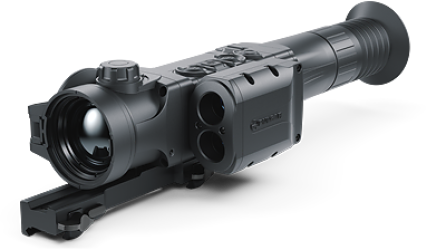 Trail 2 LRF
Thermique Riflescope
Nouveau
Trail 2 LRF
Thermique Riflescope
Nouveau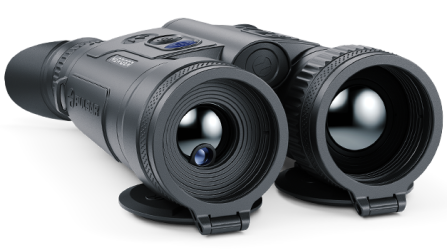 Merger LRF
Jumelles d'imagerie thermique
Discontinué
Merger LRF
Jumelles d'imagerie thermique
Discontinué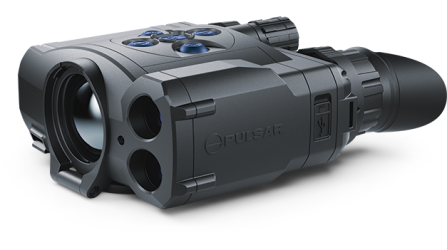 Accolade 2 LRF Pro
Jumelles d'imagerie thermique
Accolade 2 LRF Pro
Jumelles d'imagerie thermique
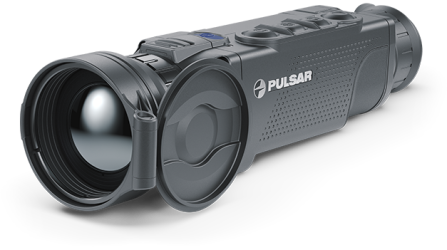 Helion 2 XP Pro
Lunettes à l'imagerie thermique
Nouveau
Helion 2 XP Pro
Lunettes à l'imagerie thermique
Nouveau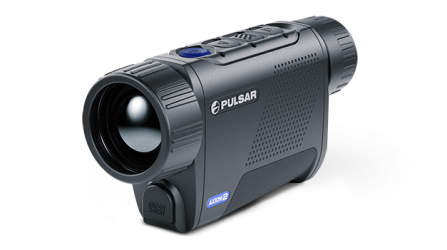 Axion 2
Lunettes à l'imagerie thermique
Nouveau
Axion 2
Lunettes à l'imagerie thermique
Nouveau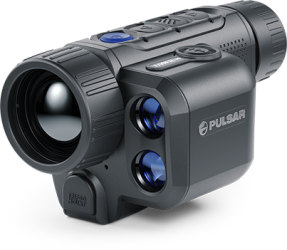 Axion 2 LRF
Lunettes à l'imagerie thermique
Axion 2 LRF
Lunettes à l'imagerie thermique
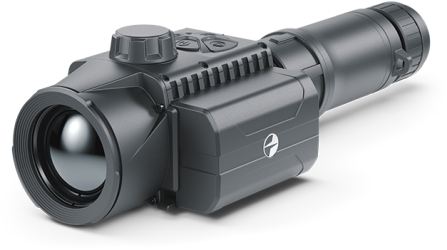 Krypton XG
Lunettes à l'imagerie thermique
Krypton XG
Lunettes à l'imagerie thermique
 Proton XQ
Lunettes à l'imagerie thermique
Proton XQ
Lunettes à l'imagerie thermique
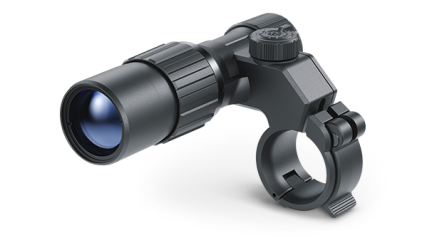 Pulsar Digex-XS
Illuminateurs infrarouges externes
Pulsar Digex-XS
Illuminateurs infrarouges externes
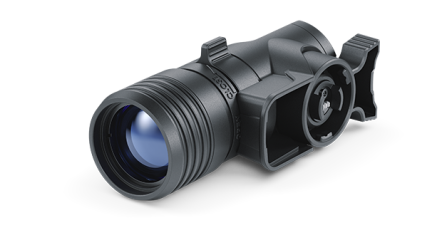 Illuminateurs Pulsar Ultra-XS IR
Illuminateurs IR amovibles
Illuminateurs Pulsar Ultra-XS IR
Illuminateurs IR amovibles
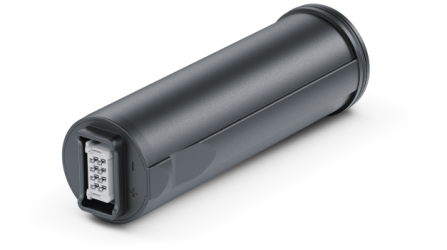 Alimentations APS
Alimentations
Alimentations APS
Alimentations
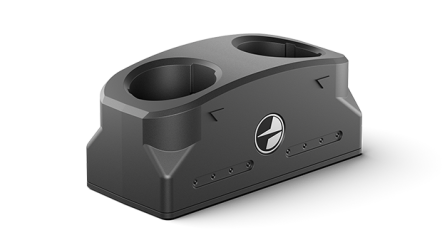 Chargeur de batterie APS
Chargeur de batterie
Chargeur de batterie APS
Chargeur de batterie
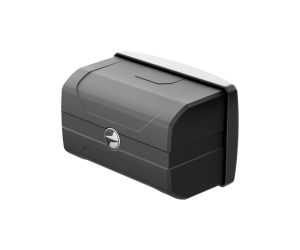 Alimentations IPS
Alimentations
Alimentations IPS
Alimentations
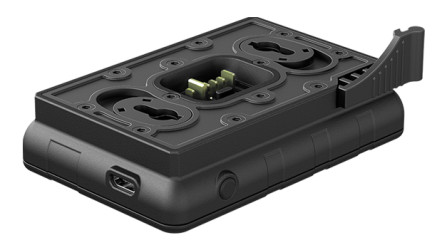 Chargeur de batterie IPS
Chargeur de batterie
Chargeur de batterie IPS
Chargeur de batterie
 PULSAR DNV Double
Alimentations externe
PULSAR DNV Double
Alimentations externe
 PULSAR PB8I
Alimentations externe
PULSAR PB8I
Alimentations externe
 Support
pour lunettes de tir Pulsar
Nouveau
Support
pour lunettes de tir Pulsar
Nouveau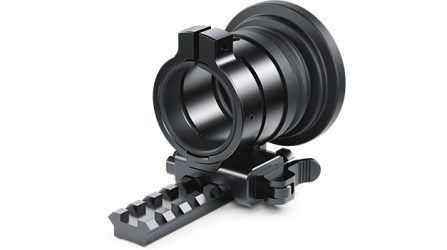 PSP-V Weaver Rail Adapter
Adapter
Nouveau
PSP-V Weaver Rail Adapter
Adapter
Nouveau PSP Ring Adapters
Adapters
PSP Ring Adapters
Adapters
 Adaptateurs FN Cover Ring
Adaptateurs Cover Ring
Adaptateurs FN Cover Ring
Adaptateurs Cover Ring
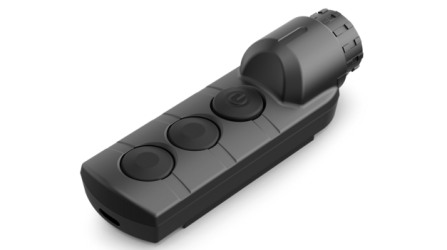 Télécommande sans fil
pour appareils numériques et imageurs thermiques
Télécommande sans fil
pour appareils numériques et imageurs thermiques
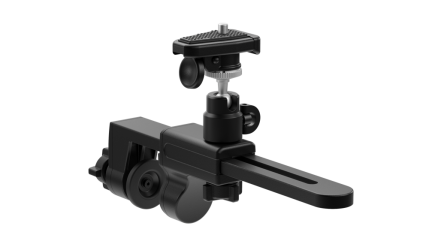 C-CLAMP
Accessoires Pulsar
C-CLAMP
Accessoires Pulsar
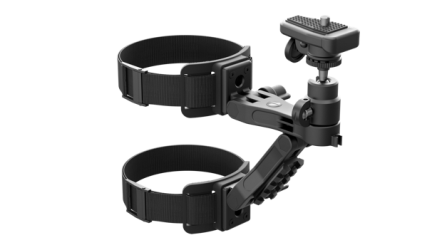 TREE MOUNT
Accessoires Pulsar
TREE MOUNT
Accessoires Pulsar
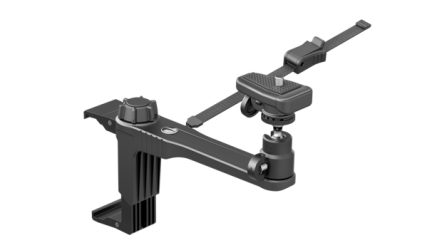 SUPPORT POUR CADRE DE FENÊTRE
Accessoires Pulsar
SUPPORT POUR CADRE DE FENÊTRE
Accessoires Pulsar
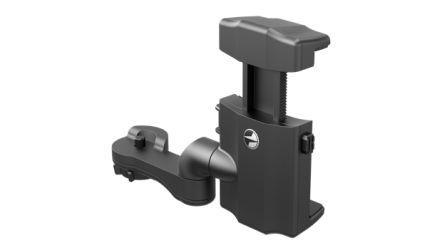 Support de téléphone HELION FLIP-UP
Accessoires Pulsar
Support de téléphone HELION FLIP-UP
Accessoires Pulsar
 Support flat glass
Accessoires Pulsar
Support flat glass
Accessoires Pulsar
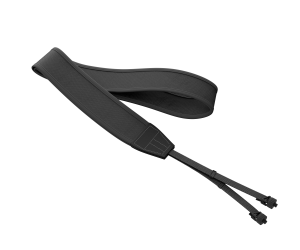 Draggone
Accessoires Pulsar
Draggone
Accessoires Pulsar
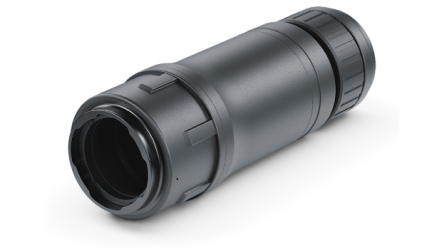 Monoculaire Pulsar 5x30 B
Accessoires Pulsar
Monoculaire Pulsar 5x30 B
Accessoires Pulsar
 Cibles Thermiques pour Etalonnage
Accessoires
Cibles Thermiques pour Etalonnage
Accessoires








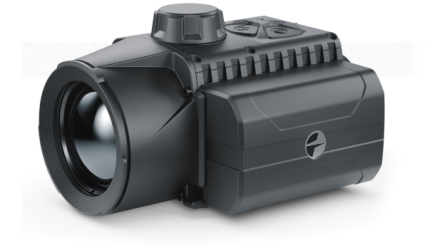

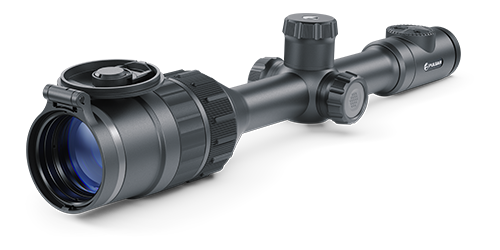
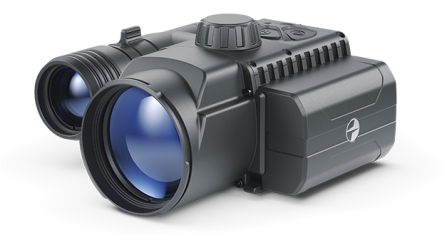



 English
English German
German French
French Spanish
Spanish Italiano
Italiano English
English Lietuvių
Lietuvių